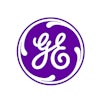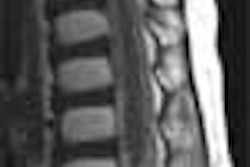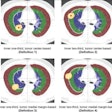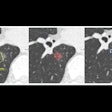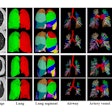
Bowel preparation for a barium enema exam is essential because a clean bowel can facilitate the detection of polyps. However, many commercial barium enema agents often do not produce the clearest result. Some agents are approved for double dosage, but can result in a higher cost and greater patient discomfort. With an eye toward improving imaging and reducing cost, researchers at Hope Hospital in Salford, U.K., added senna granules to the department’s standard bowel preparation.
They shared their work in an award-winning poster at the 2001 United Kingdom Radiological Congress in London. Senna -- commonly used as a natural laxative -- seemed the perfect choice. Each sachet of senna granules costs thirty-six pence ($0.50 U.S.), as opposed to the cost of a single sachet of Picolax, which costs approximately 1.98 pound sterling ($3 U.S.). In addition, senna was more likely familiar to patients.
Investigators Lisa Slobodian and Jenny Bainbridge, both radiologic technologists, and Dr. David Nicholson, a gastrointestinal radiologist, hoped to reduce the amount of fecal residue, without drastically altering the department’s standard preparation.
For this study, 100 patients referred to radiology for barium enema examination were divided into two groups, both of which were given the hospital’s standard prescription bowel preparation, Picolax. Diet restrictions also were imposed.
In addition to the standard mixture, patients in one group were given two sachets of Manevac senna granules (Galen, Craigavon, Northern Ireland). They were instructed to take one sachet on the second and third day of the three-day preparation regimen. The examinations then proceeded as usual, without any change in imaging protocol. Patients underwent a variety of imaging procedures, including spiral CT.
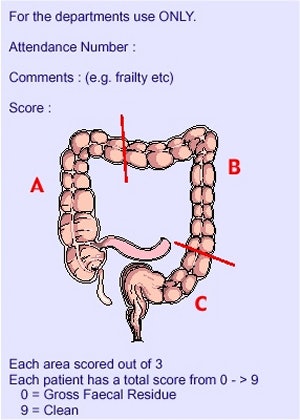 |
The 100 barium enemas were then graded by a GI radiologist for the amount of fecal residue on a 0-9 scale, charted above (0 indicated gross fecal residue and 9 indicated a completely clean bowel). The large bowel was scored in three areas: Area A ran from the caecum to the midtransverse colon, Area B ran from the midtransverse colon to the distal descending colon, and Area C was the rectosigmoid.
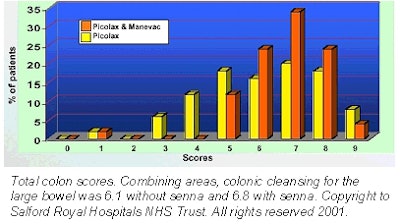 |
According to the results, colonic cleaning for the large bowel was scored as 6.1 without senna and 6.8 with senna. Questionnaires given to both groups of patients to determine how the bowel preparation regime made them feel showed that the addition of senna had no effect on patients’ reaction to the preparation.
As a result of these findings, the radiology department at Hope Hospital now adds senna to its bowel preparation on a routine basis.
"It’s nice and easy," Slobodian said. "We know it works; we know the patients can cope with it."
By Leslie FarnsworthAuntMinnie.com contributing writer
July 2, 2001
Related Reading
Blueberry juice enhances pediatric MR urography, April 26, 2001
Click here to post your comments about this story. Please include the headline of the article in your message.
Copyright © 2001 AuntMinnie.com



